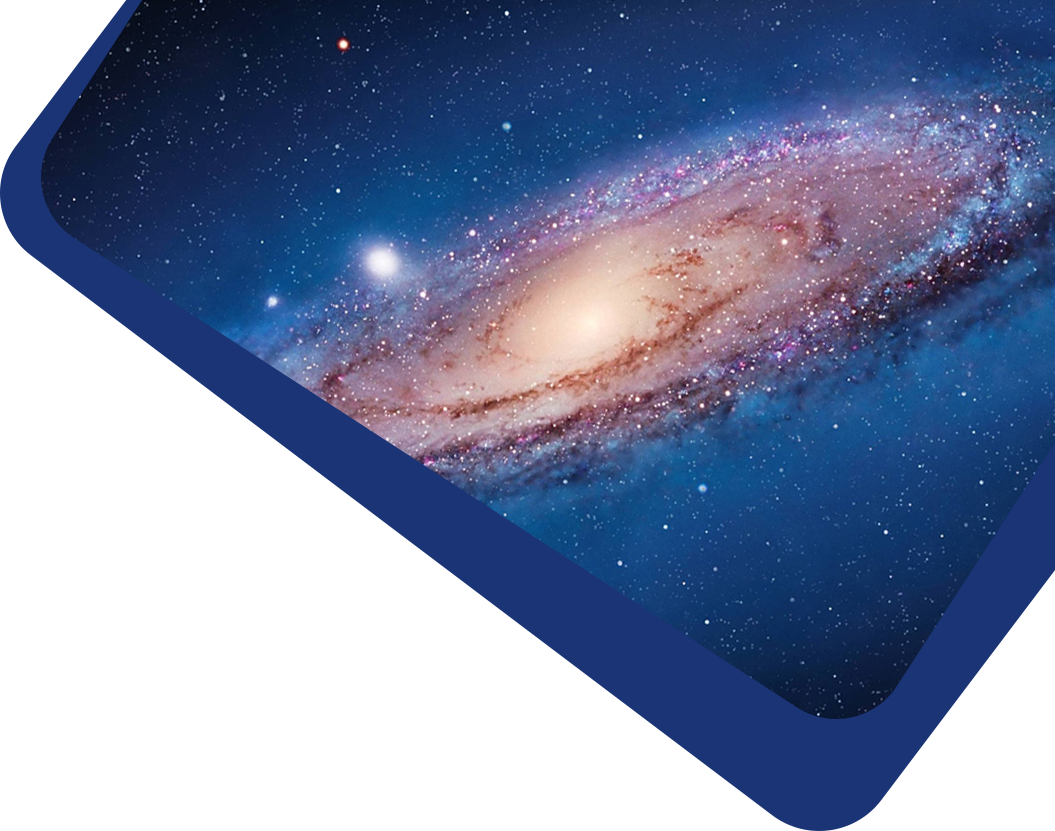

Abstract Galaxy redshift surveys are one of the key probes in modern cosmology. In the data analysis of galaxy surveys, the precision of the statistical measurement is primarily limited by the cosmic variance on large scales. Fortunately, this limitation can in principle be mitigated by observing multiple types of biased tracers. In this brief review, we present the idea of the multi-tracer method, outline key steps in the data analysis and show several worked examples based on the GAMA, BOSS and eBOSS galaxy surveys. This work is a part of a special issue dedicated to the 20th anniversary of RAA (2001–2020), which is prefaced in Wang & Ip (2020).
Keywords cosmology: large scale structure — dark energy — baryon acoustic oscillations — redshift space distortions
It accepts original submissions from all over the world and is internationally published and distributed by IOP